So you are interested in growing plants; however, you have hit a snag with that plan; you don’t have much garden space, to begin with. Not to worry that’s where growing tents come in.
These portable growing boxes allow you to grow plants anywhere you want. What’s great about them is they come in different sizes, so you don’t need to worry about it fitting to the space you have.
When growing any plants, it’s best to consider what size they will grow into before planting. This way, you allocate enough space for them to grow.
If you have a 2 x 4 grow tent, you are probably wondering what you can grow in it. Read on to find out more.
How Many Plants in a 2×4 grow tent?
Since you have a 2×4 tent, your growing space is pretty limited. That’s why it’s vital that you get the appropriate number of plants that will comfortably grow in this size tent.
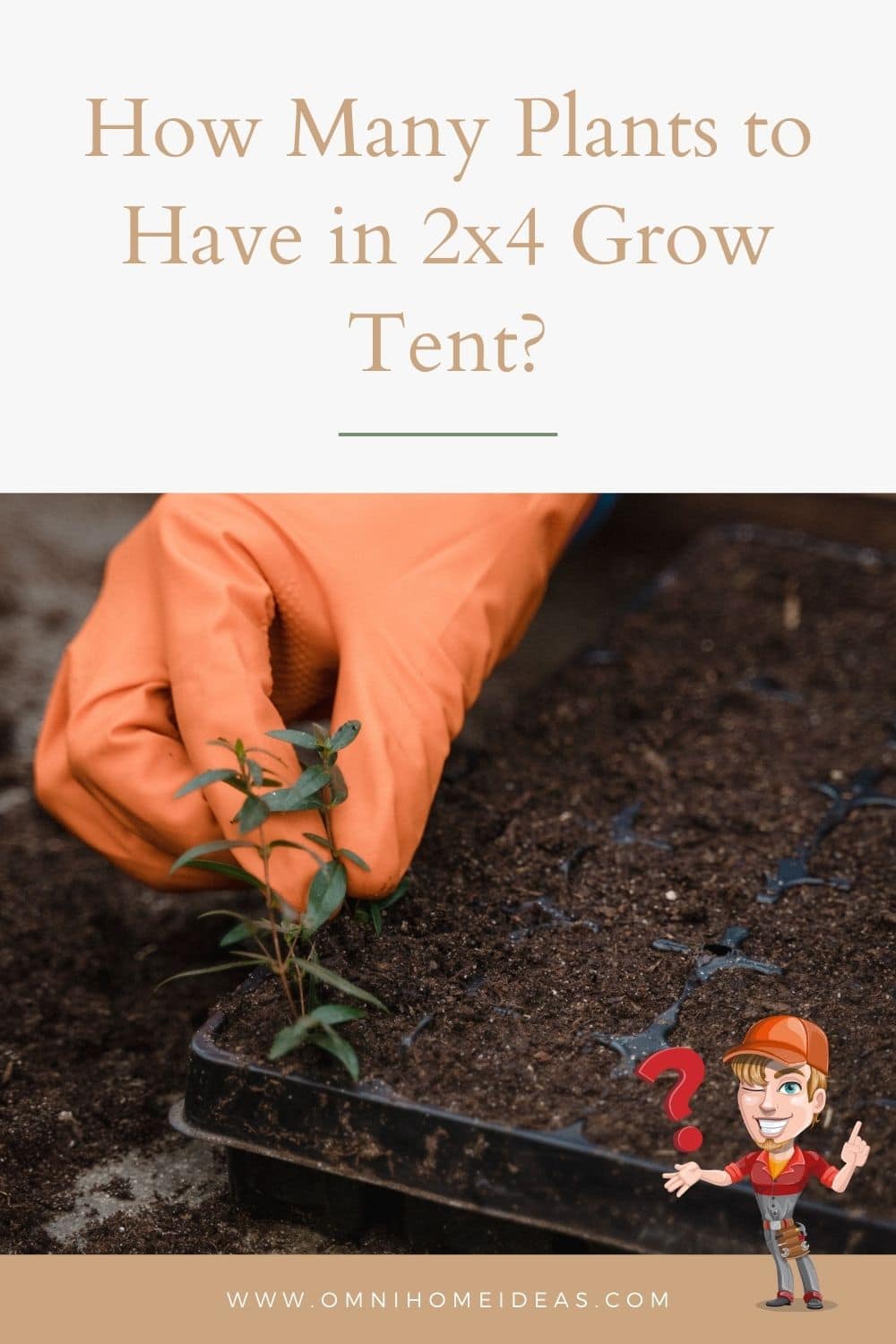
The main factors you should consider when deciding the number of plants you will grow in your tent include:
1. Plant Training Techniques
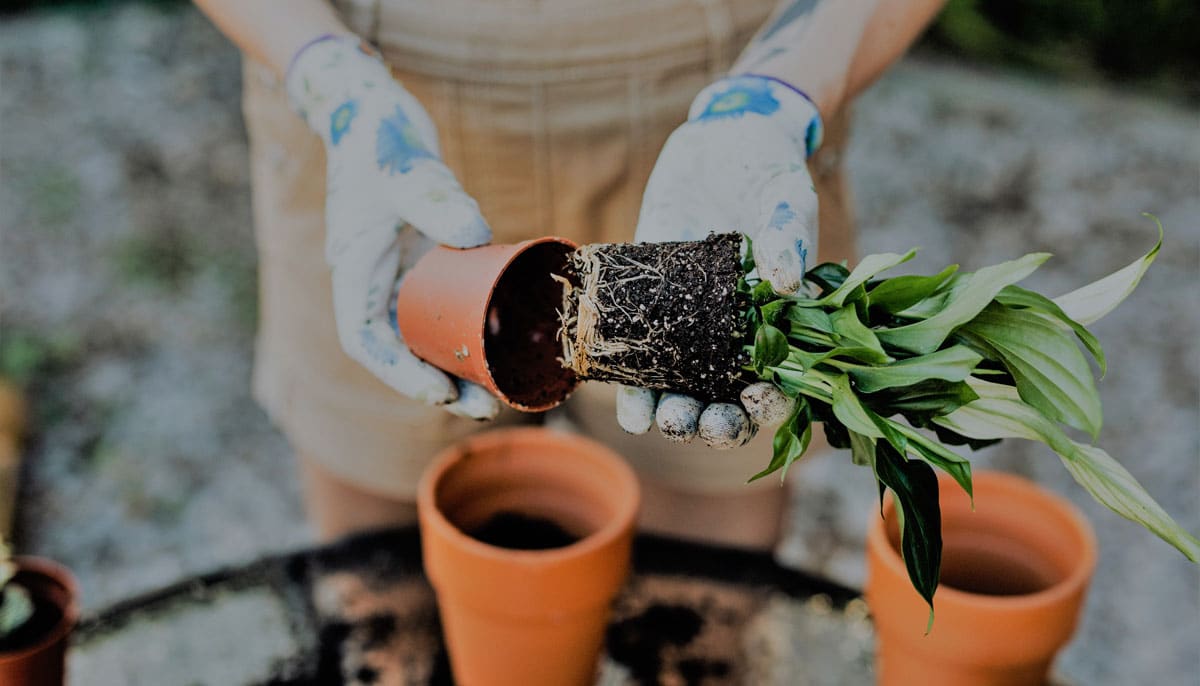
Plant training includes using different techniques to control how your plant grows. The training technique you plan to apply will either restrict or offer many plants alternatively. You will find a variety of training techniques that will certainly affect the yield per plant. They include:
Low-Stress Training
This technique avoids plant damage during the training process. Thus, if you plan to use it, you can grow 4 plants in each square meter. Using a 2×4 grow tent, you will have 32 plants.
Pruning, Topping, or Pinching
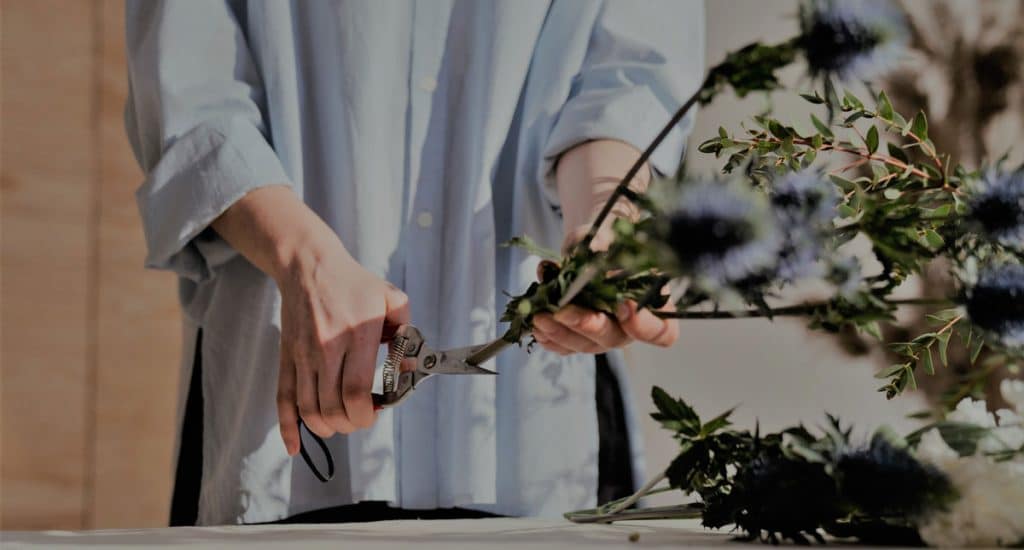
Pruning entails trimming broken or overgrown branches to encourage better growth. this usually results in a higher yield for each plant. Since this training style aims to produce more yield, each plant requires more space. If you decide to use this style, you need to grow 1 or 2 plants in each square meter. For a 2×4 size tent, you will need 8 to 16 plants. While the number is drastically less than the low-stress technique, it gives you more yield.
Screen of Green
Also known as scrogging, the screen of green is applied by gardeners to increase the yield. It also enhances the quality of the produce. To scrog, set plants together then stretch their limbs this way plants don’t grow on top of each other. If they do they will hinder sunlight from reaching shorter plants impeding their proper growth.
There is no standard way you can scrog a plant. For instance, there is no specified distance between plants. Instead, you are to learn each crop’s distinct needs and scrog them accordingly. This technique demands you plant one or two plants per square meter. Your 2×4 will accommodate around 8 to 16 plants.
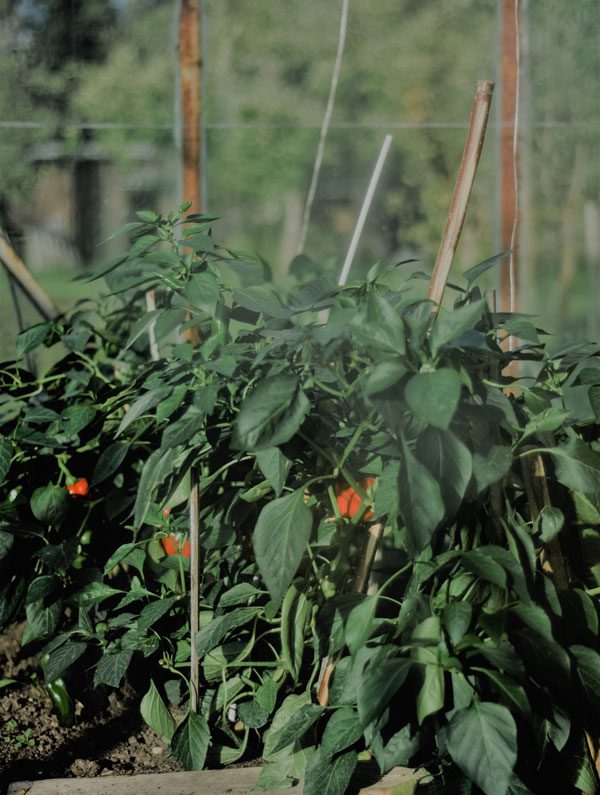
Sea of Green
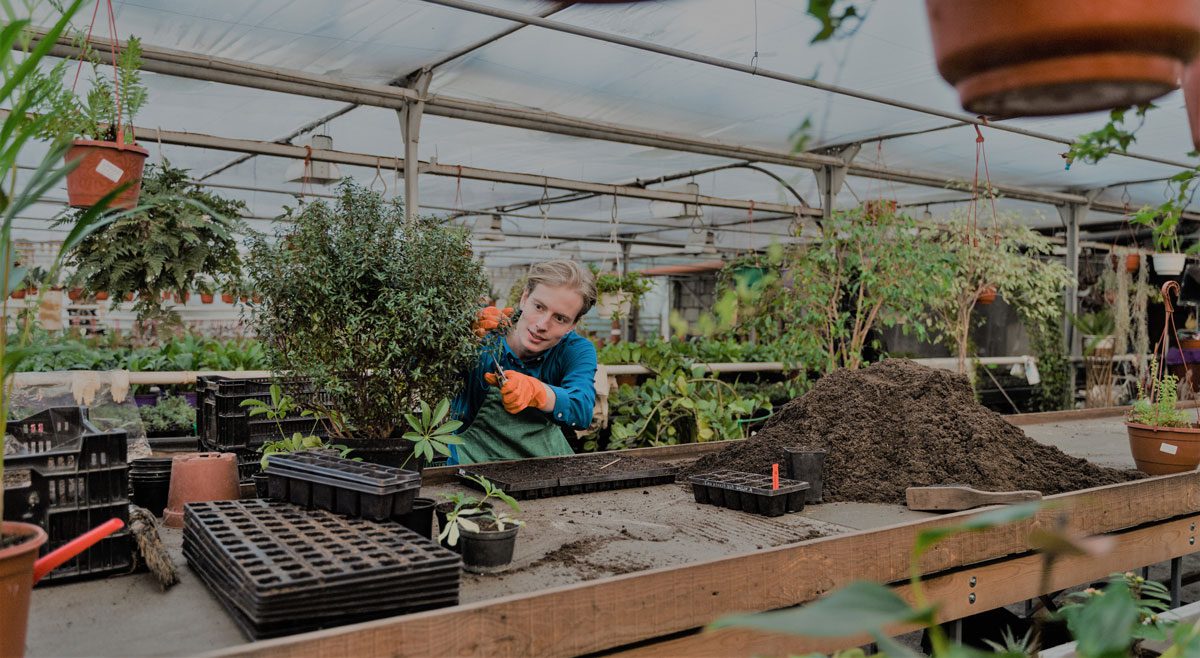
Unlike the other techniques, the sea of green does not train the plant according to its physical condition. Rather, it manipulates its growth in line with its stage timelines and light cycles. The sea of green tricks the vegetables that fall has occurred early than usual. Thus, they respond by flowering before the scheduled time. Growers manipulate these cycles (18-6 cycles), bringing about early plant development.
The plants in this setup usually use less space and time to grow. Hence, there is no much member restriction. You can have 8 to 16 of them per square meter. While this technique does not restrict you much in terms of the number of plants, it has low yields. Nevertheless, you should also determine how many plants you will grow depending on the time you will grow them before transferring them for early flowering.
2. Canopy Space
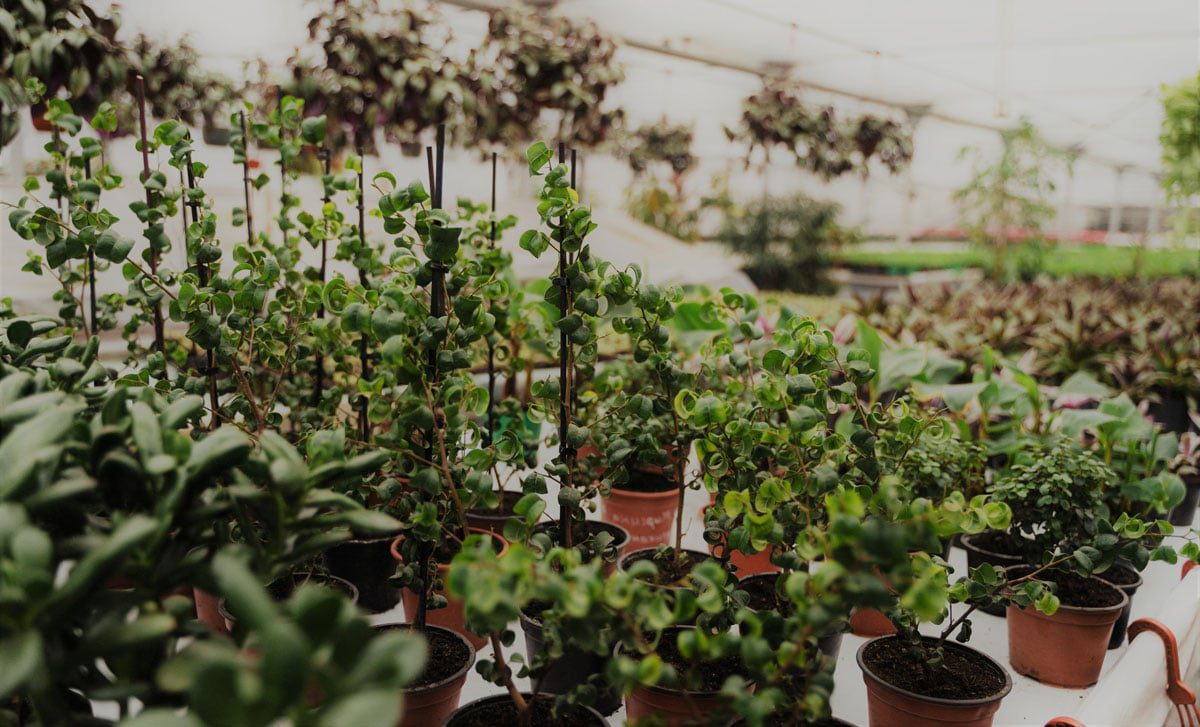
This refers to the surface area that plants utilize to mature. You can calculate this area for each plant by measuring the exterior boundaries of the area that’s composed of mature plants. Ensure that you include all the space in these boundaries. To get this space, take horizontal measurements from the outermost spot of the most distant mature flowering member in a specific growing space. Continue around the exterior of all maturing plants within this same area.
If your growing spaces are stacked vertically, you need to measure each level of space and include it as part of the total measurement. Generally, grow space is expressed in square feet. Depending on the measurement you get for the plants you plan to grow, decide how many will fit the 2×4 grow tent. Give ample room for each one so that you don’t strain them or impede their growth.
Conclusion
Your tent space can determine how much you grow. However, there are other factors you need to consider. They include the training technique you plan to use and the surface area your vegetables will occupy. If you are starting to plant vegetables, you can learn different ways of growing them effectively to get more yields per plant. Lastly don’t hesitate to share any questions or concerns you might have with professional growers to get the help you need.
Frequently Asked Questions
1. Why Should I Scrog My Plants?
You are probably wondering what benefits people get when they scrog their veg. A grower can apply this training technique immediately before or during the flowering stage. The main functions that a scrog plays include:
- It stretches all the branches to maximize energy absorption, thus increasing the yields.
- Scrog supports the plant’s stem so that they don’t break or flop when the buds get bigger.
- This training technique increases airflow, thus prevents bud rot.
- Scrog maximizes the room helping you to maximize your output.
If you want your vegetables to grow faster, produce much more harvest than usual, and maximize quality, Scrog style is the way to go!
2. What Size of Light Emitting Diode System Is Suitable for a 2×4 Tent?
If you are a beginner, you may be worried about using excessive or insufficient lighting. You are not alone in this since professional growers fall into the same dilemma when they receive LED lights that are higher or lower in terms of watts. You need 35 watts per square ft in a typical situation when using premium LEDs. However, with economy LEDs, 50watts will do. What if you buy HID such as HPS? HPS works like any other economy LED system. Thus you should apply it the same.
3. How Big of a Grow Tent Do I Need for 4 Plants?
A rectangular tent is suitable for these 4 plants with a popular size of 4×4. This area will accord an area of 4 square to one plant. Whether you will be using pots or not, it ensures that each of them accesses enough nutrients and light. Some people also use 3×3 tents; however, you will have to keep each of the vegetables a bit smaller. As long as they are at the right points, you will enhance their growth process. Thus, maximizing the yield of one plant.
4. How Do I Bud My Plants Faster?
It all growers’ dreams that their veg buds faster. Some of the basic practices that will help you accomplish this include growing indoors, running the vegetables, and using the best nutrients. Growing indica strains also comes in handy because they flower faster and produce more yields. You can also monitor the humidity and temperature for a favorable growing environment.
Further Reading
- For those seeking to optimize their grow space lighting, explore our expertly curated guide on the Best 5×5 LED Grow Lights, where we share our top picks to ensure your plants thrive under the best possible conditions, complementing the plant density strategies discussed here.
- For enthusiasts looking to perfect their grow tent environment, understanding the role of humidity is crucial. Explore our comprehensive guide on selecting the best humidifier for grow tents to ensure your plants thrive in their controlled ecosystem, achieving optimal growth and yield.
- For enthusiasts looking to optimize their 4×4 grow tent setups, explore our comprehensive guide on selecting the best LED lights to ensure your plants thrive. Dive into our detailed recommendations and expert advice in ‘The Ultimate Guide to Choosing the Best 4×4 Grow Tent LED Lights,’ a must-read for maximizing growth potential and efficiency in your indoor garden.


